We provide you the latest 100 quiz questions and answers on the control valve used in the process control industries.
Valve Quiz
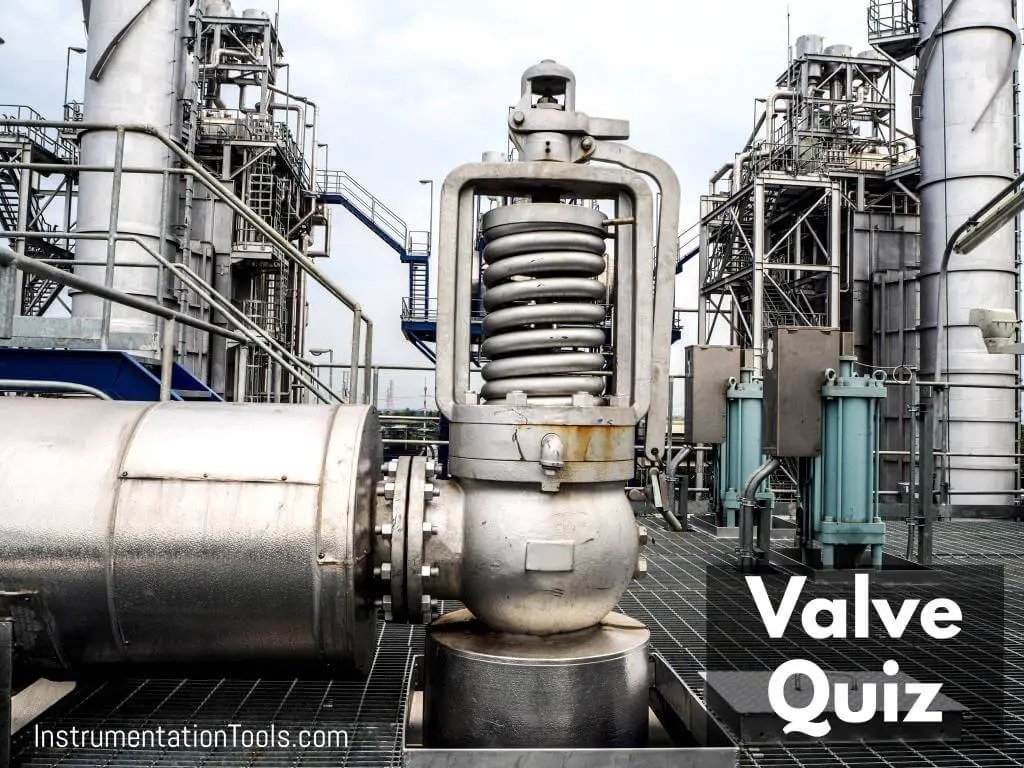
Find the sample 25 questions from the valve quiz. Click on the below start button to get complete 100+ questions with answers.
Question 1:
An operator attempts to close a fully-open upright manual gate valve to isolate a pump in a cooling water system that has been cooled down for maintenance.
However, the operator is unable to rotate the handwheel in the close direction.
Which one of the following could cause this condition?
A) The valve disk has jammed against its backseat by the difference in the thermal contraction of the stem and the bonnet.
B) The two halves of the valve disk have expanded and are jammed against the valve seats.
C) A hydraulic lock has developed in the valve bonnet between the valve disk and the packing gland.
D) A hydraulic lock has developed under the valve disk.
Question 2:
A spring-loaded air-operated valve shown in a throttled position.
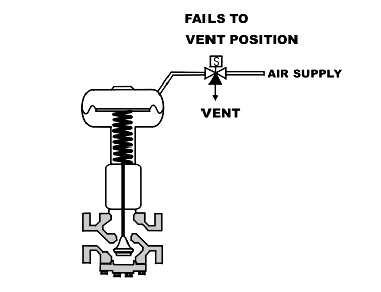
Which one of the following will be the valve position following a reduction in air pressure to the valve actuator caused by a leaking air connection at the valve?
A) More open
B) More closed
C) Varies with system flow
D) Original position
Question 3:
Which one of the following valves is most likely to be used in a throttling application?
A) Globe valve
B) Butterfly valve
C) Stop valve
D) Gate valve
Question 4:
To verify a manual valve in an operating system is closed, the operator should observe valve position indication and operate the valve handwheel in the…
A) close direction using normal force and verify there is no substantial handwheel movement.
B) close direction using normal force, then operate the valve handwheel an additional one-quarter turn in the close direction.
C) open direction at least one full rotation, then close the valve using normal force.
D) open direction until system flow is observed, then close the valve using normal force.
Question 5:
A typical motor-operated valve has been returned to service following a complete maintenance overhaul of the valve and actuator.
When the valve was remotely opened and closed to verify operability, the measured valve stroke time in each direction was 15 seconds, which is shorter than normal for this valve.
Which one of the following could have caused the shorter stroke time?
A) The valve torque limit switches were misadjusted to open at twice their normal setpoints.
B) The valve stem packing gland was overtightened after the packing material was replaced.
C) The valve position limit switches were removed and were not reinstalled.
D) The valve was packed with improved packing material having a lower friction coefficient.
Question 6:
Which one of the following types of similarly sized valves in an operating water system produces the least frictional head loss when fully open?
A) Ball
B) Globe
C) Swing check
D) Butterfly
Question 7:
After an adjustment of the packing gland on a valve that had a minor packing leak, the operator attempts to operate the valve, but finds that the valve is stuck.
What is the most probable cause?
A) The operator placed the valve in the wrong position for adjusting the packing gland.
B) The disk separated from the valve stem as a result of overtightening the packing gland.
C) The valve was overtorqued in the close direction during the packing gland adjustment.
D) The maintenance technician overtightened the packing gland, causing the stem to bind.
Question 8:
Consider a 6-inch globe valve and a 6-inch gate valve in the same water system application.
Typically, the valve that requires the most linear disk travel from fully closed to fully open is the __________ valve;
and the valve that produces the smallest pressure drop when fully open is the __________ valve.
A) gate; globe
B) globe; globe
C) gate; gate
D) globe; gate
Question 9:
An adjustment has just been completed on the packing gland of a motor-operated gate valve to stop a minor stem leak.
Which one of the following can occur if the technician overtightened the packing gland?
A) Increased stroke time from fully open to fully closed.
B) Separation of the valve disk from the valve stem.
C) Decreased cooling flow to the valve internals.
D) Misalignment of the valve position limit switches.
Question 10:
A typical check valve is designed to…
A) perform automatic pump venting.
B) prevent system overpressure.
C) permit flow in only one direction.
D) isolate system components.
Question 11:
A gate valve is generally a poor choice for throttling fluid flow because…
A) excessive stem leakage will result unless the gate valve is fully open or fully closed.
B) the tortuous path through a gate valve body can make flow control difficult.
C) the turbulent flow created by a partially opened gate valve can cause extensive damage to the valve.
D) the head loss from a throttled gate valve will result in an unacceptable reduction in system flow rate.
Question 12:
Which one of the following is a disadvantage associated with using a gate valve, versus a globe valve, to throttle flow in a cooling water system?
A) A fully-open gate valve will produce a greater system head loss than a fully-open globe valve.
B) The turbulent flow created by a throttled gate valve will cause erosion damage to the valve seat.
C) The tortuous flow path through a throttled gate valve body makes flow control difficult.
D) A gate valve will experience stem leakage unless it is fully opened and back-seated.
Question 13:
A control valve is most likely to experience cavitation when the valve is almost fully __________ because of a relatively __________ pressure drop across the valve seat.
A) open; small
B) closed; small
C) open; large
D) closed; large
Question 14:
Which one of the following is not a generally accepted method for locally verifying that a valve is open?
A) Check the local valve position indicator indicates OPEN.
B) Attempt to turn the valve operator in the open direction and verify that no movement occurs.
C) Turn the valve operator in the close direction and verify that some movement occurs.
D) Observe the local flow rate in the pipeline
Question 15:
Which one of the following describes the operation of a safety valve installed on a high-pressure steam system?
A) A safety valve is initially lifted off its seat by system pressure, then is forced fully open by an air-operated piston.
B) As system pressure increases to the safety valve setpoint, the pressure overcomes the spring force on the valve operator, causing the valve to open.
C) A safety valve will remain open until system pressure has been reduced to the pilot valve actuation setpoint.
D) When the open safety valve has returned system pressure to the lifting set point, a combination of air and steam pressure above the valve disk closes the valve.
Question 16:
A stop check valve is a type of check valve that…
A) cannot be shut remotely.
B) contains both a gate valve disk and a check valve disk.
C) can be opened manually to allow flow in both
D) can be used to prevent flow in both directions.
Question 17:
The difference between the setpoint pressure at which a safety valve opens and the pressure at which it closes is called…
A) blowdown.
B) accumulation.
C) setpoint tolerance.
D) setpoint deviation.
Question 18:
Which one of the following is the type of valve used to control the direction of fluid flow through a system and prevent backflow?
A) Butterfly valve
B) Globe valve
C) Gate valve
D) Check valve
Question 19:
Which one of the following statements describes the throttling characteristics of a typical globe valve?
A) The first two-thirds of valve disk travel in the open direction will produce approximately the same increase in flow rate as the last third of valve disk travel.
B) The first third of valve disk travel in the open direction will result in approximately one-third of the full flow rate.
C) The first third of valve disk travel in the open direction will produce a smaller increase in flow rate than the last third of valve disk travel.
D) The first third of valve disk travel in the open direction will produce a greater increase in flow rate than the last third of valve disk travel.
Question 20:
The difference between the setpoint pressure at which a relief valve begins to open and the pressure at which it is fully open is called…
A) blowdown.
B) setpoint deviation.
C) accumulation.
D) setpoint tolerance.
Question 21:
In a comparison between ball valves and butterfly valves in the same cooling water system application, the valve that would typically experience the greater seat leakage when fully closed with a large differential pressure is the __________ valve;
& the valve that would typically cause the smaller head loss when fully open is the __________ valve.
A) butterfly; ball
B) ball; ball
C) ball; butterfly
D) butterfly; butterfly
Question 22:
If a pressure control valve at the outlet of a heat exchanger opens farther, system flow rate will __________; and system head loss will __________.
A) increase; increase
B) decrease; decrease
C) decrease; increase
D) increase; decrease
Question 23:
The main steam system uses a combination of safety and relief valves for overpressure protection.
Which one of the following describes a major design consideration for installing both types of valves in the same system?
A) The relief valves are installed to prevent the unnecessary opening of the safety valves during a steam pressure transient.
B) The safety valves are installed to prevent the unnecessary opening of the relief valves during a steam pressure transient.
C) The relief valves are installed to prevent the chattering of the safety valves during normal power operation.
D) The safety valves are installed to prevent the chattering of the relief valves during normal power operation.
Question 24:
A typical motor-operated valve (MOV) has just been opened from the main control room, and the breaker for the MOV has been opened.
A plant operator has been directed to close the MOV locally for a surveillance test.
If the operator attempts to turn the MOV handwheel in the clockwise direction without first operating the declutch lever, which one of the following will occur?
A) The handwheel will turn, and the valve stem will move toward the closed position because the clutch is automatically engaged when the breaker is opened.
B) The handwheel will turn, and the valve stem will move toward the closed position because the clutch is automatically engaged when the handwheel is turned.
C) The handwheel will not turn, and the valve stem will not move.
D) The handwheel will turn, but the valve stem will not move.
Question 25:
When transferring a valve controller from the manual mode to the automatic mode, the automatic valve controller output signal should be __________ the manual valve controller output signal at the time of transfer.
A) equal to
B) increasing with
C) greater than
D) less than
Click on the below button to launch the Quiz.
Answers available in the Quiz.
Share your feedback on the quiz
Next Quizzes:
- PLC Questions & Answers
- Industrial Instrumentation Quiz
- Measurements & Instrumentation
- Process Control Test Questions
- Electronic Devices & Circuits

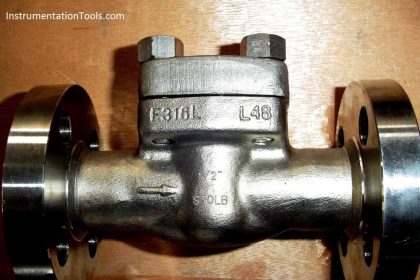
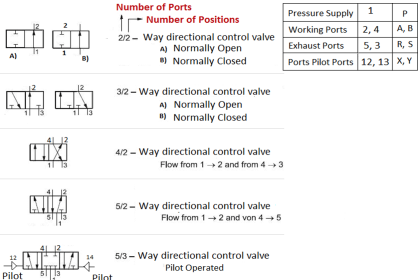



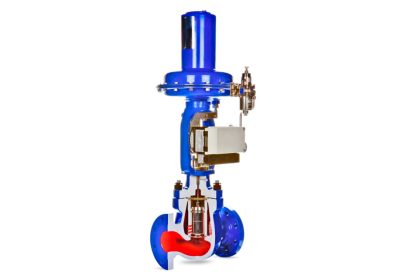

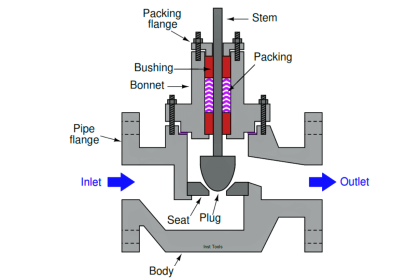
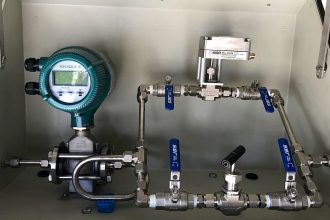
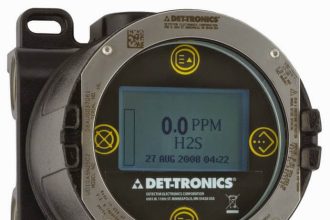
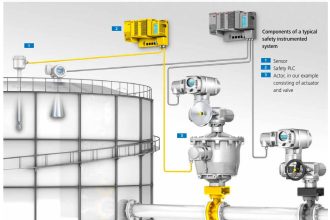

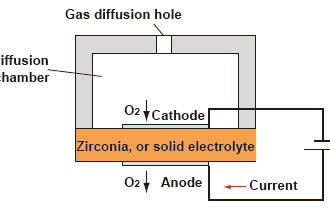
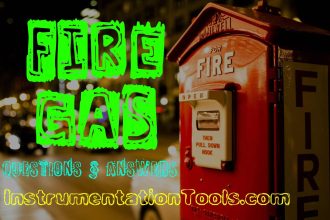
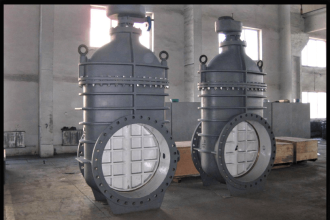


Bro pls give me answer of this question
Q7. Consider a 6-inch globe valve and a 6-inch gate valve in the same water system
application.
Typically, the valve that requires the most linear disk travel from fully closed to fully
open is the __________ valve; and the valve that produces the smallest pressure drop
when fully open is the __________ valve.
Option A: gate; globe
Option B: globe; globe
Option C: gate; gate
Option D: globe; gate
Click on the blue color button to start the quiz. Answers available in the quiz file.